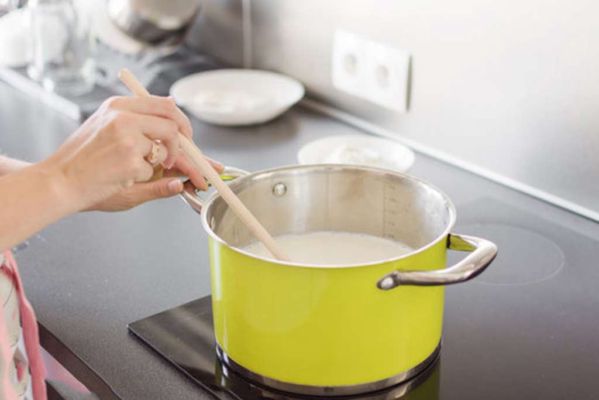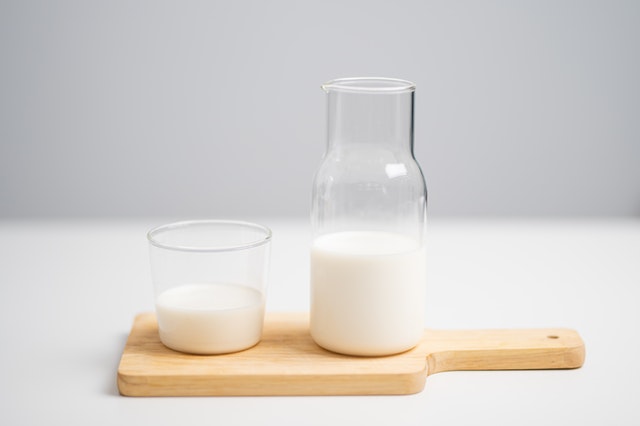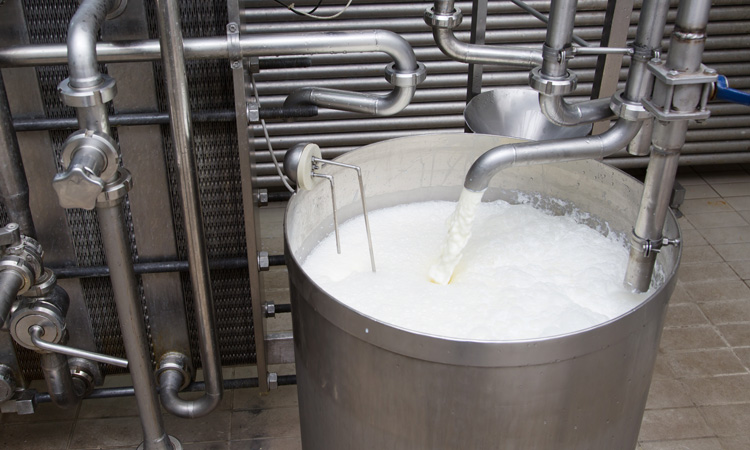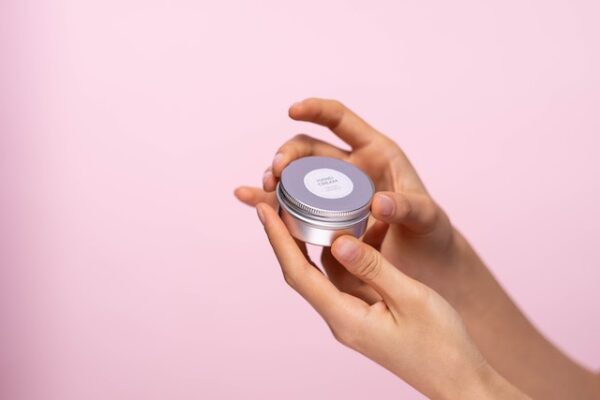Milk is one of the most consumed drinks in the world, and it is also the driving factor of the billion-dollar pasteurization industry. Pasteurization is an essential process deployed by milk manufacturers to increase milk’s shelf life. However, many people pasteurize milk again at home. If you also do that, you need to learn about the temperature for pasteurization.
Let’s delve into the process of pasteurization, along with its types, temperature, and more.
What Is Pasteurization?
Table of Contents
Pasteurization refers to the process of treating packaged and non-packaged food items like milk and fruit juice with mild heat to kill pathogens and increase shelf life. The purpose of the process is to eliminate any enzyme or organism that could adversely affect the quality and longevity of the food product. These organisms typically include vegetative bacteria. However, please note that pasteurization doesn’t work against bacterial spores (endospores).
The Ideal Temperature for Pasteurization
Since pasteurization is nothing but heating the milk or juice at a high temperature, it’s essential to know the right temperature for pasteurization.
All the resources suggest that 100°C (212°F) is the ideal temperature for pasteurization. At this temperature, milk and most juices start boiling, which kills pathogens that could cause spoilage of the product. However, some pasteurization methods require low temperature.
Let’s discuss three popular methods of pasteurization and the temperatures involved in each of them.
VAT Pasteurization
VAT pasteurization is also known as low-temperature pasteurization. In this method, you need to heat the milk at 63°C (145°F) for 30 minutes. Doing so allows you to eliminate all pathogens while retaining the original taste and flavor of the food item.
It’s best to use a double boiler for VAT pasteurization. If you intend to pasteurize vast volumes of milk using this method, investing in a dedicated pasteurizer will be the ideal pick. When you use a pasteurizer, you can let the milk heat for the desired amount of time without needing to watch over it.
HTST Pasteurization
High-temperature short-time (HTST) pasteurization, as the name suggests, includes heating milk at 72°C (161°F) for only 15 seconds. Most people who pasteurize milk at home use this approach. You don’t need any special tools for this, and you can perform it in a simple household boiler.

Ultra-High-Temperature Pasteurization
Ultra-high-temperature pasteurization involves heating the milk at 138°C (280°F) for only two seconds. Along with heating, you need to sterilize the milk packaging. Hence, this method is not feasible for home use and is best suited for milk manufacturers. Once the milk is treated using this method, it doesn’t need to be refrigerated after opening the packaging.
Shelf-Life of Milk Based on the Temperature for Pasteurization
Many people are not certain about the shelf life of pasteurized milk. The shelf life can range anywhere between a few weeks to few months; however, it depends on the type of pasteurization.
Ultra-high-temperature pasteurization is the best in terms of shelf-life. Once the milk is treated using this method, it can last for up to nine months. You don’t need to put it in the refrigerator. Milk treated using VAT, or HTST pasteurization, has a shelf life of up to two weeks, provided that you store them in a refrigerator at around 4°C (40°F).
If you get raw milk directly from a dairy, it’s critical to pasteurize it as soon as you get it. Raw milk can carry harmful gut bacteria like Listeria, Campylobacter, E. coli, and Salmonella. These bacteria reside in mammal bodies, and if consumed, they can cause serious foodborne illnesses like food poisoning.
All renowned packaged milk suppliers sell pasteurized milk. However, many people like to be double-sure, so they heat the milk till it boils to pasteurize it again. It’s a best practice to pasteurize milk at home, regardless of whether you buy raw or packaged milk.
Temperature for Pasteurization: What if it Isn’t Proper?
Temperature plays a critical role in pasteurization. If you heat the milk at the wrong temperature, the milk may not properly pasteurize. Thus, the bacteria may remain in the milk and pose the risk of food poisoning, as discussed above.
Another important thing that not many people consider is overheating. When you overheat milk, it will kill the bacteria, but it will also damage other components of the milk. Hence, the color and taste of the milk could change, and it may not retain its nutritional value.
How Pasteurization Affects the Nutritional and Sensory Characteristics?
As discussed, pasteurization makes milk and other food items safer to drink. However, it also causes some minor changes in their nutritional composition. Let’s look at some effects of pasteurization on milk’s health benefits and nutrition.
- Studies show that pasteurization reduces the concentration of vitamin B12 and vitamin E in milk.
- The same studies show that pasteurization increases the concentration of vitamin A in milk.
- It significantly reduces the concentration of folate and vitamin C in the milk.
- It significantly decreases the concentration of vitamin B2 in the milk.

In most countries, milk is not an important source of vitamin B12, vitamin E, vitamin C, and folate. So, the effect of the reduction of these elements is negligible. However, milk is an important source of vitamin A and vitamin B2.
Therefore, people with vitamin B2 deficiency should look for alternative sources of vitamin B2. However, you should not, in any case, drink unpasteurized milk to increase your vitamin B2 intake. Always pasteurize the milk, and if it lacks some nutrients you need, look for alternative sources.
Lastly, pasteurization impacts the sensory attributes of milk and other foods. It could lead to the loss of aroma and taste in milk and fruit juices. To avoid this loss, many products undergo deaeration before pasteurization.
Conclusion: Temperature of Pasteurization
Pasteurizing milk should be a part of your day-to-day household chores. Drinking unpasteurized milk can pose severe health concerns, so it’s essential to pasteurize it before consuming it. When pasteurizing milk, the temperature is the most important. There are various types of pasteurization, all having different temperature and time requirements. You can choose the appropriate method based on your individual requirements.





